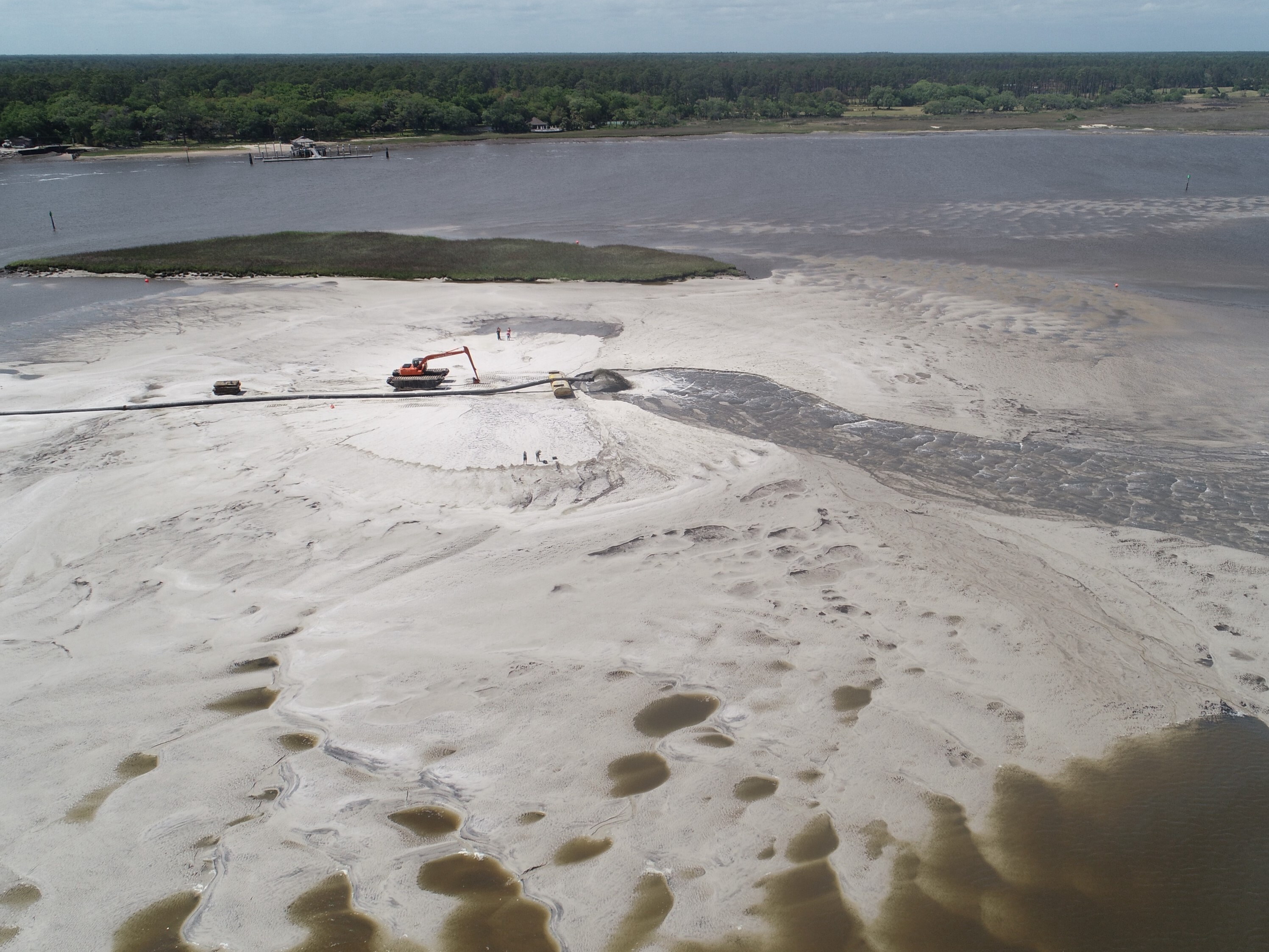
|
SPRINGFIELD, Va., – The Atlantic Intracoastal Waterway Association (AIWA), the guardian and champion of the 1,100-mile historic and vital waterway from Norfolk, Virginia, to Key West, Florida, celebrated its quarter century anniversary at the organization's recent annual meeting in Charleston, South Carolina. Just 25 years ago, with shoaling threatening navigation, there was very little federal spending for dredging and harbor maintenance. Thanks to AIWA’s efforts, in just the past three years, more than $135 million has been allocated by Congress to maintain depths, improve navigation and support port infrastructure on the Atlantic Intracoastal Waterway (AICW).
However, new opportunities and challenges have arisen since the organization’s founding.
“When we dredge today we just don’t deepen a channel, but we also look to engineer and design a project with nature in mind, seeking beneficial uses for every grain of dredge material,” said AIWA President Brad Pickel. “Dredged material used to go to beach and dune nourishment projects. That’s still a consideration for nearby beaches, but we also now see material being utilized for wetland or tideland restoration behind barrier islands.”
One newer challenge facing the AICW, also known as “America’s Marine Highway 95,” is the increasing pace of surface transportation projects, including necessary repairs to bridges over the waterway, which may not be well coordinated with the maritime community. A bridge repair or replacement project and the use of heavy equipment in the waterway can impede navigation.
“We want to hear from U.S Coast Guard staffers when these surface transportation projects are being proposed so we can offer input to possibly minimize impacts to waterway users,” said Pickel.
Another challenge may, ironically, have its origins in the waterway’s own success story. As the AICW has gained footing as a desirable boating location, vacant residential waterfront lots are being developed – often to the edge of lot lines – hampering the U.S. Army Corps of Engineers’ ability to reach the waterway to make repairs.
“In many locations today there just aren’t any more access points to allow dredge contractors or other commercial contractors through or to even set up a temporary work site,” said Pickel.
Adding to the waterway’s increasing popularity is channel encroachment by structures and boats, including residential piers, floating docks and berthed vessels.
“In some locations, rafted-up boats are beginning to pinch the 90-foot-wide authorized width in land cut sections,” said Pickel. “That’s not a lot of room to maneuver in the first place, especially for commercial users and barge traffic.”
The channel’s open-water authorized width is 150-feet.
Enhancing safety for all waterway users is also on the agenda.
“We need to help educate recreational users about increasing safety near dredging operations for the well-being of boaters and dredge crews alike,” said Pickel. “This includes pulling off plane and no-wake speeds when passing operations, and giving dredge pipes a wide berth.”
Boat Owners Association of The United States (BoatUS) is a founding member of AIWA. For more information on AIWA, go to atlanticintracoastal.org.